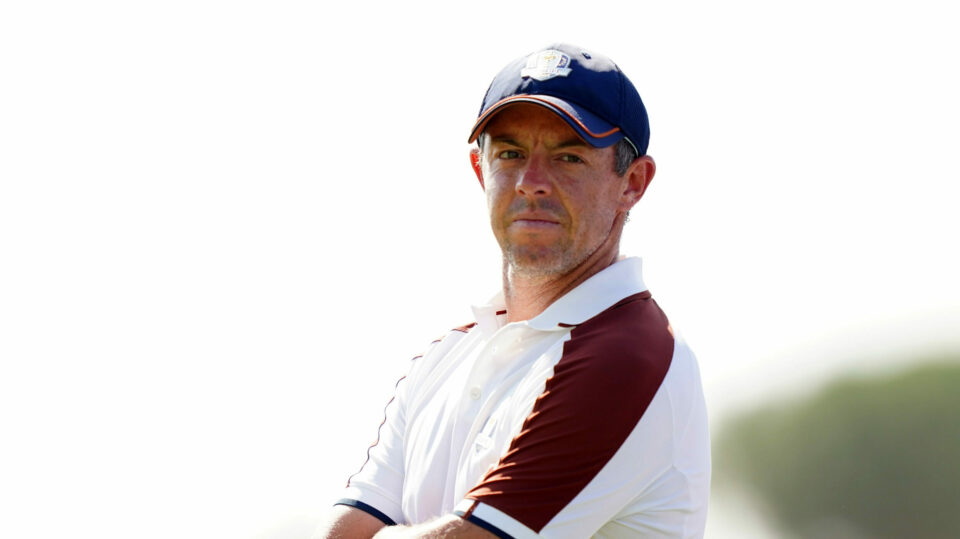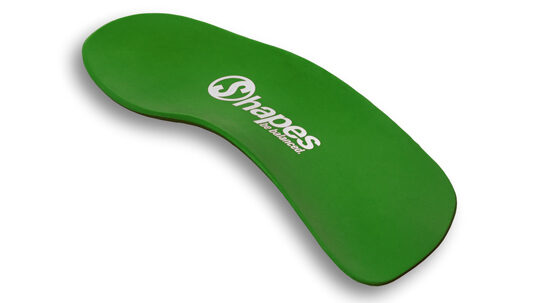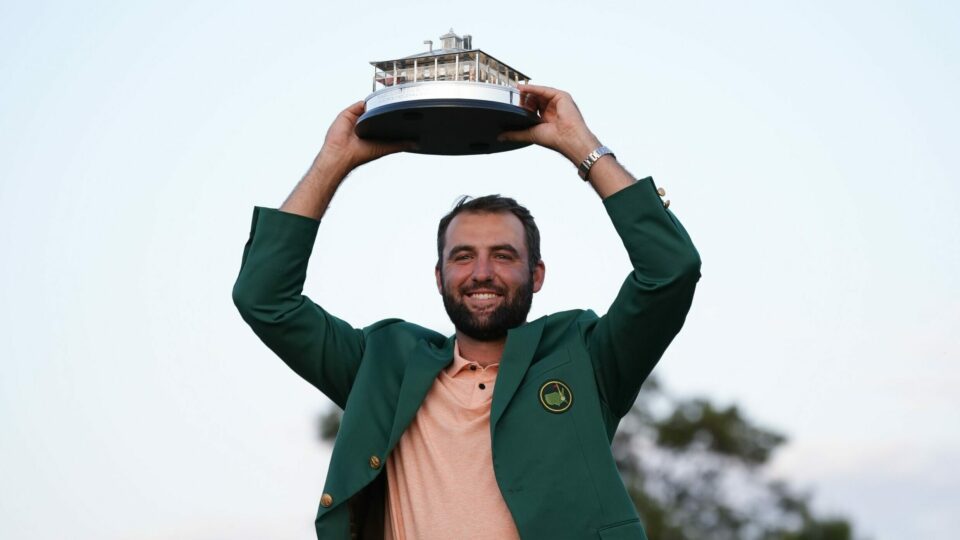By European Tour Chief Executive Keith Pelley
Many issues have affected the game of golf since I became Chief Executive of the European Tour, but none have been as recurrent as the topic of slow play.

It is the discussion that dominates dinner tables at tournaments and it is one of the main sources of frustration at all levels of the game. Rightly so, I might add.
While the intensity of these conversations occasionally diminishes, it is never long before it reignites, and I watched with interest the recent social media debate which flared up in the United States.
For us, the issue came to a head earlier this year when one of our senior players, Edoardo Molinari, posted a list of players on Twitter who had received bad times and fines up to that point during the 2019 season in a bid to ‘speed things up’.
I spoke to Edoardo shortly afterwards, and while I didn’t necessarily agree with his chosen method, he was entirely right to confront the problem and it prompted a discussion at the next tournament committee meeting, held at the Betfred British Masters in May.
As promised...list of timings as of April 22nd. Next updates list will come out at the end of June!
— Edoardo Molinari (@DodoMolinari) April 27, 2019
There are a few usual suspects and a few surprises.
Please retweet and share to speed things up!#stopslowplay pic.twitter.com/VpR65M4Xrb
Thankfully, our Tournament Committee shared Edoardo’s belief that enough was enough, and they were prepared to make some hard decisions, accepting the need to be more punitive.
At that meeting we also determined there is a key fundamental difference between slow play and slow players – this is a key point to remember. While we would all like to reduce overall round times, it was recognised that this can be impacted by several factors such as weather conditions and course set up, while for full field events, the sheer number of players on the course at the same time will always limit the pace of play.
Slow players, on the other hand, have become increasingly prevalent and problematic in our game in recent years, to the extent that we risk fans, both core and casual, switching off if we don’t do something about it.
The European Tour has been at the forefront of the assault on slow play for the last four years. We have the most aggressive monitoring policy in our sport, and we have issued shot penalties, but the past four months showed us finally that the time had arrived when players were willing to take a tough stance and we applauded that.
Slow play became a critical issue because our players wanted it to be. That moment was the door opening and the mandate we were given at May’s tournament committee meeting empowered our operations and rules team to present stronger, more robust recommendations
We took a formal proposal back to the next Tournament Committee meeting at the Aberdeen Standard Investments Scottish Open last month and following some fine tuning over the past six weeks, we yesterday publicly announced a four-point plan focusing on regulation, education, innovation and field size reduction where appropriate.
This concrete strategy is more targeted towards slow players and more penal, including an immediate one shot penalty for two bad times in a round and increased fines for players consistently ‘on the clock’. I’m confident it will have a meaningful impact on combating slow play ANDslow players, which is a more complex task that you might think.
Although superficially solving the pace of play conundrum would seem like an easy fix, golf’s biggest challenge remains the size of our arena, as an 18 hole golf course is equivalent to almost 90 football fields, with 156 players dotted around it. Timing every player, on every shot, every week is a monumental, and costly, challenge.
We must also consider the complexities of policing more robust timing rules. I recall our Senior Referee, Andy McFee, saying to me that timing is an art not a science. He rightly posed the questions: “When do you start the clock? Is it when a player gets to the ball? When do you start timing the first player in a group? And how do you let them know you’ve started timing as they can’t tell unless there’s a visual clock on every single hole?”
Really happy with the decisions taken by the @EuropeanTour to tackle slow play!
— Edoardo Molinari (@DodoMolinari) August 19, 2019
I am both happy and proud to have played a very small part in it.
Hopefully golf on the European Tour will be an even better show to watch from 2020 onwards!https://t.co/4lnLTgy2sV #slowplay
These are all interesting points, however, I stress we are not using the challenges of the sport as an excuse not to tackle what is now golf’s biggest issue.
Another thing we have learned from studying this whole issue, is that playing slowly is habitual. Most players aren’t taught to play the game slowly, it’s a practice they acquire, and one we have to try to reverse.
Our Shot Clock hole during the recent innovative GolfSixes Cascais in Portugal showed that players were ready and already thinking about their shots before they got to the ball. They didn’t have the chance to second guess themselves, or overload themselves with information, and their performance benefitted as a result.
Our players have shone a spotlight on this topic and this is now the lightbulb moment for our sport, but it is incumbent on all of us involved in golf to act. The main Tours and four Major Championships have begun dialogue, but as the most powerful entities in global golf, we have to be united and consistent in fighting this battle if it is one we are to win.
I do believe that with technology advancements down the road, there will come a time in the very near future when we will be able to time every player, on every shot, on every hole. Until we are all ready from a technology perspective, our four point plan has decisive, concrete action on how we can combat this issue right now.



